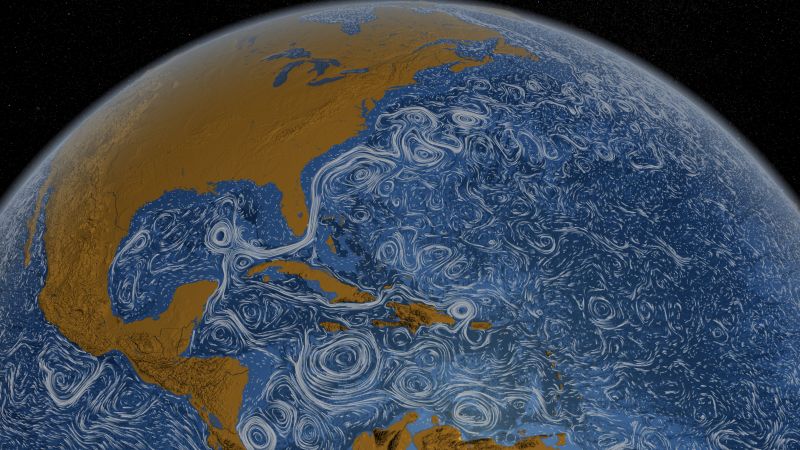RSS feed source: US Energy Information Administration
In-brief analysis
April 23, 2025
In 2024, U.S. exports of total petroleum products increased to a record 6.6 million barrels per day (b/d) annual average. Annual U.S. petroleum product exports increased by 495,000 b/d as U.S. exports of distillate fuel oil, typically sold as diesel, and jet fuel increased compared with 2023, while exports of total motor gasoline decreased. Imports of major petroleum products, including gasoline, distillate fuel oil, and jet fuel, decreased by 210,000 b/d in 2024 compared with 2023.
Distillate fuel oil accounts for the largest share of U.S. transportation fuel exports and is the second-largest petroleum export by volume, after propane. Distillate exports increased 182,000 b/d to about 1.30 million b/d in 2024, still less than the annual record of 1.38 million b/d in 2017.
The largest destination for U.S. distillate exports is
Click this link to continue reading the article on the source website.


